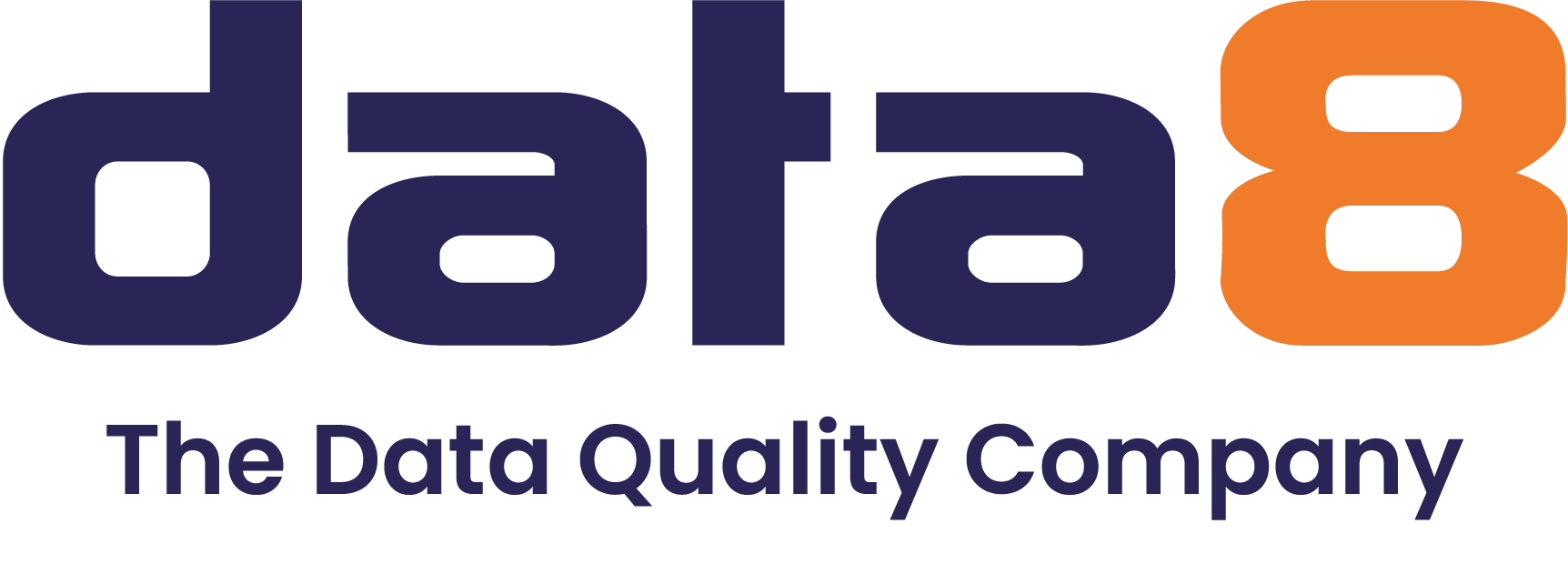
The Power of Clean Data: 5 Benefits of Data Cleaning
The quality and accuracy of data plays a key role in making informed business decisions, improving customer relationships, and driving operational efficiency. Data cleaning, also known as data scrubbing, is a process that ensures data accuracy and consistency by identifying and correcting or removing errors, and inconsistencies.
The well-known 80/20 Rule of Data Science suggests that data engineers and scientists spend about 80 percent of their time cleansing data, while only 20 percent of their time is utilised to analyse and create data-driven insight.
In this blog we discuss the power of clean data and highlight five key benefits of data cleaning and why it is essential for organisations of all sizes.
1. Improved Decision-Making
According to Forbes, 53% of companies use data to improve decision-making. Data cleaning enhances the reliability and accuracy of your data, providing a solid foundation for decision-making. By eliminating duplicate records, correcting errors, and standardising data formats, you can trust that the insights derived from your data are accurate and reliable. Clean data allows you to make informed decisions based on a complete and consistent view of your business operations, customers, and market trends.
2. Enhanced Customer Relationships
Research from Salesforce identified that 70% of customers expect a seamless experience across all channels. Maintaining clean customer data is vital for building and nurturing strong customer relationships. Data cleansing helps you eliminate outdated or incorrect contact information, such as invalid email addresses or phone numbers. By ensuring your customer records are up-to-date and accurate, you can deliver personalised and targeted marketing campaigns, provide better customer service, and improve overall customer satisfaction.
3. Increased Operational Efficiency
Data cleaning improves operational efficiency by reducing manual efforts and streamlining data processes. By eliminating duplicate records and correcting errors, you can avoid wasted resources spent on managing and analysing redundant data. Clean data also simplifies data integration and reporting, allowing for more efficient data-driven processes and workflows.
4. Cost Savings
Data quality issues can be costly for organisations. Gartner state that poor quality data costs organisations on average £10.4 million annually. Data cleansing helps reduce costs associated with inaccurate or outdated data. By eliminating duplicate records, you can avoid unnecessary expenses related to marketing campaigns, customer communications, or mailing costs. Additionally, clean data reduces the risk of errors in financial reporting, billing, and inventory management, preventing potential financial losses.
5. Compliance and Risk Mitigation
Data cleaning plays a crucial role in ensuring compliance with data protection regulations and mitigating risks associated with data breaches. It’s widely reported online that over 57% of companies only discover dirty data when it’s reported to them by their customer or prospects. By removing outdated or unnecessary data, you reduce the risk of exposing sensitive information to unauthorised access. Data cleansing also helps in maintaining compliance with privacy laws, such as the General Data Protection Regulation (GDPR) by ensuring accurate and up-to-date customer consent and preferences.
Data cleansing is not just a one-time activity but an ongoing process that organisations should prioritise. The benefits of data cleansing, such as improved decision-making, enhanced customer relationships, increased operational efficiency, cost savings, and compliance, are invaluable for organisations striving to unlock the full potential of their data. By investing in regular data cleansing efforts, organisations can ensure data accuracy, reliability, and consistency, leading to better business outcomes, improved customer experiences, and a competitive advantage in the data-driven landscape.
